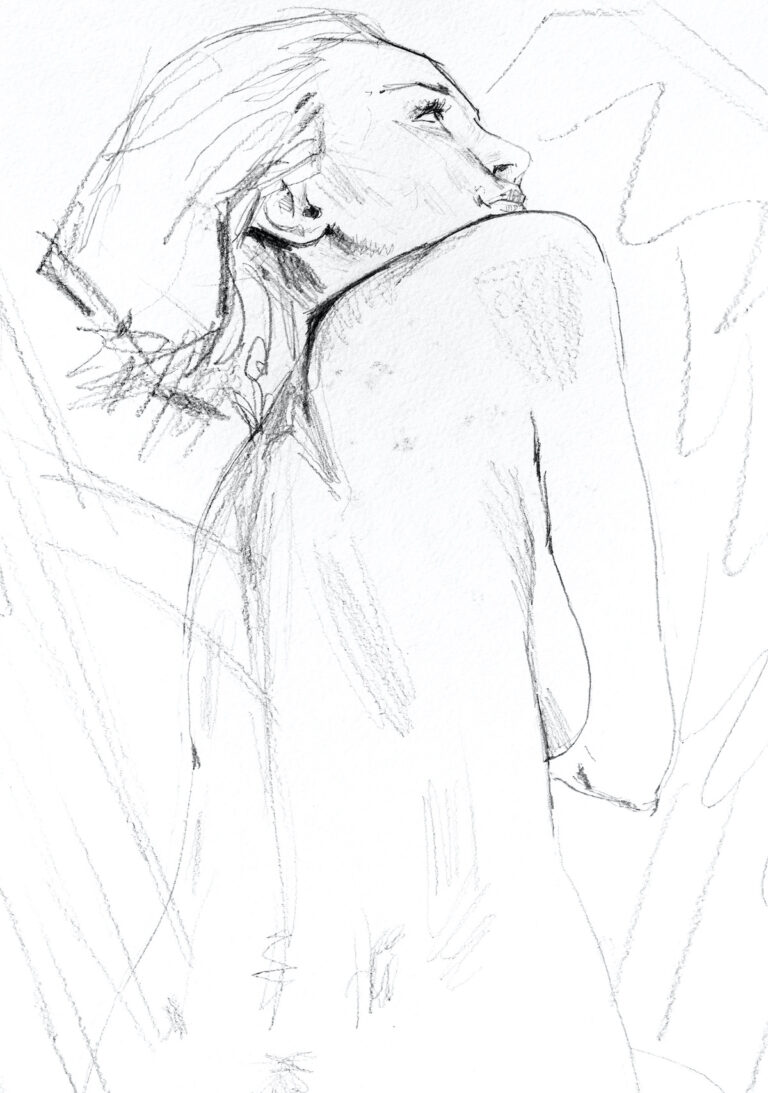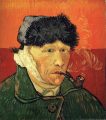The 30-second sketch is a quick drawing exercise to help artists (especially beginners) get their creative juices flowing.
Even as an artist with seven years of training, I still feel a sense of dread when faced with a blank sheet of paper. What if I get it wrong or have to start again? What if I waste the whole sheet? The only answer is to not give yourself time to think!
The 30-second sketch exercise
This exercise involves completing simple sketches in 30 seconds, then increasing that time in 30-second increments with every new sketch. These probably aren’t going to be masterpieces, so use cheap paper and ensure you fill each sheet with several sketches at a time. These exercises use a lot of paper, so try using scrap paper or old notebooks.
TIP: It’s vital that you start each exercise with a fresh sketch and leave the previous sketch alone.
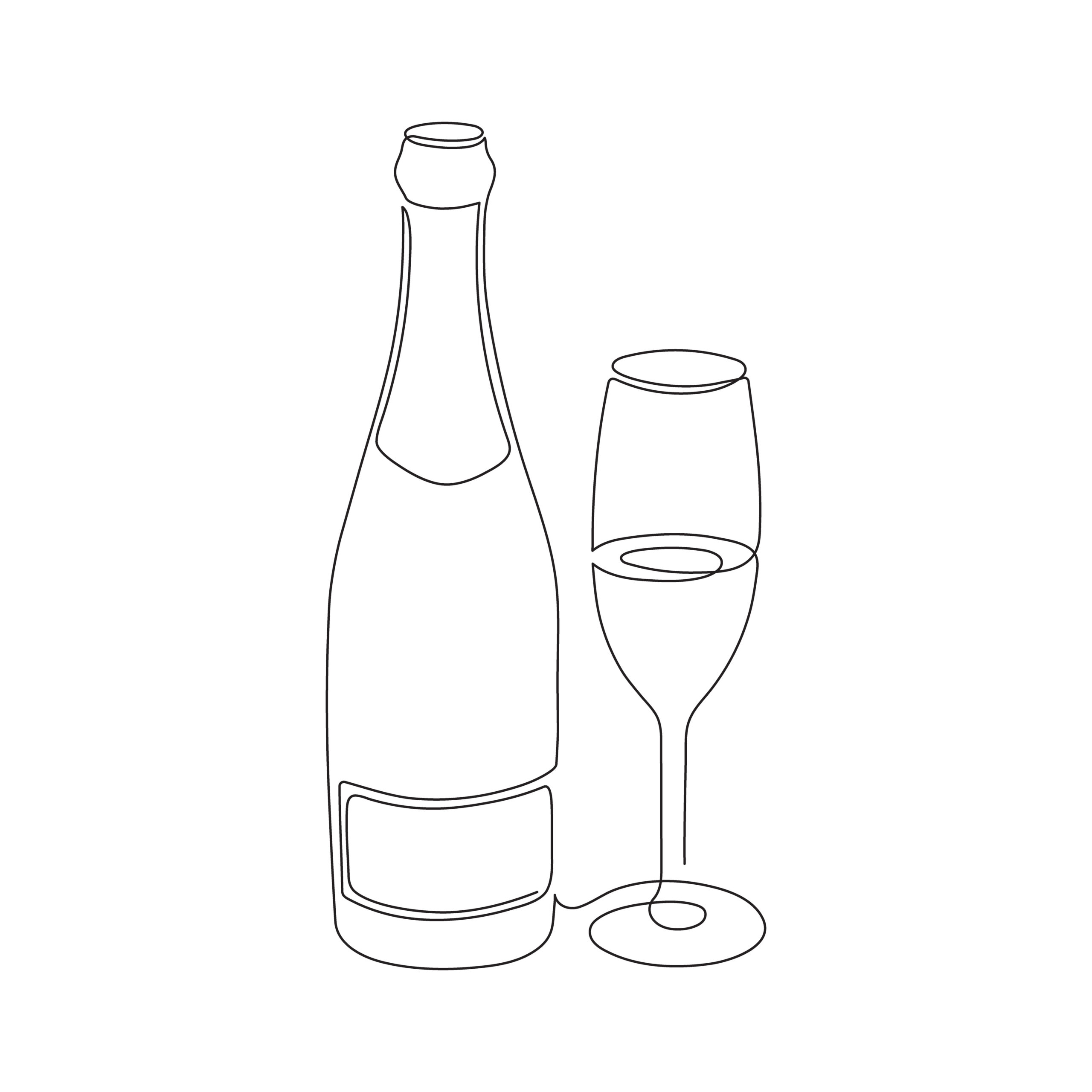
Once you’ve mastered the 30-second drawing, you can move on in time increments: increase to one minute, 90 seconds and so on. You will probably feel ready to tackle something without the pressure of a stopwatch within a few exercises. And you will also get a feel for what you like to draw.
You may want to go back to sketches you think are promising. Don’t go back once the 30 seconds have passed—you will only diminish the result with more work. Take a snap and try and recreate it on a separate sheet (you probably can’t).
What material should you use for sketching?
Charcoal is perfect for this kind of fast work as it allows for strong lines, but pens can work equally well. Pencil is a slower, more time-consuming medium, so stick to a soft pencil or try charcoal pencils.
Ink pens are great once you move on to the longer exercise. They are wonderfully indelible—once you’ve made your mark, there is no going back!
What can you draw in 30 seconds? A few ideas
Draw a face
You might only get the shape of the head and a few features, but remember, Picasso often only painted one eye.
Draw a figure
Like the face you will probably only have time for a general outline, but this is what you should be aiming for. Drawing a figure can be quite torturous to get the proportions right. Fast sketching will help.
Draw your hand
Always available, always fascinating, you should concentrate on outline of your hand in the first exercise and then focus on a specific part of the hand: a nail, knuckle or joint as the exercises grow longer.
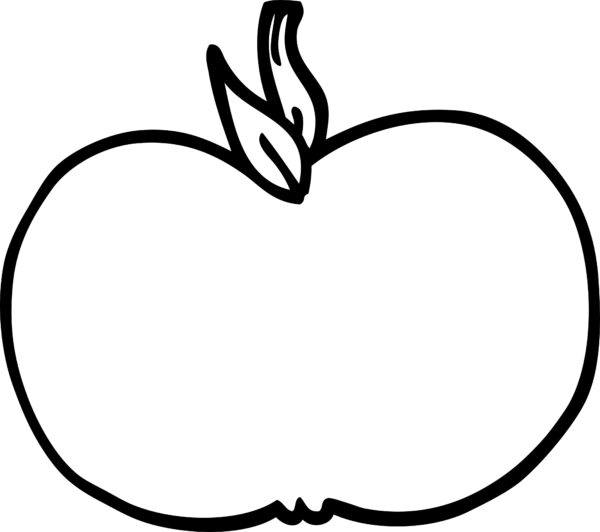
Draw a vegetable or fruit
This is my favorite subject for this exercise. Put a fruit onto a fairly flat surface with good lighting. Practise the outline, get in some shade to anchor it to a surface, and look at the stalk (if it has one). With longer exercises, try cutting the fruit or vegetable open and sketch its insides, the seeds or the stone.
Draw a coffee cup or a cup and saucer
Few things are as handy. And with a 30-second sketch, the coffee will still be warm enough to drink. This subject will help you sketch 3D objects as you capture the opening of the cup.
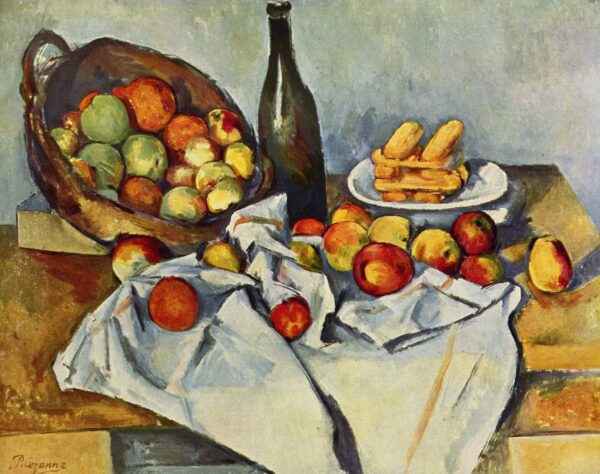
Draw a wine bottle
A classic subject for French nature morte (still life). It doesn’t have to be wine; a vinegar or oil or soda bottle would work just as well. You will notice that one side of your bottle will be flatter than the other (the flatter side will depend on whether you are left- or right-handed), but even the masters had the same problem, as you can see in Paul Cézanne’s Le Panier de pommes painting above!
Share your efforts
These little exercises can make great reels for Instagram or TikTok. Make sure your hand and the area of paper you are working on is clearly in view and get filming. Find us on TikTok @Artwebz or share with our 166,000 followers on Instagram.
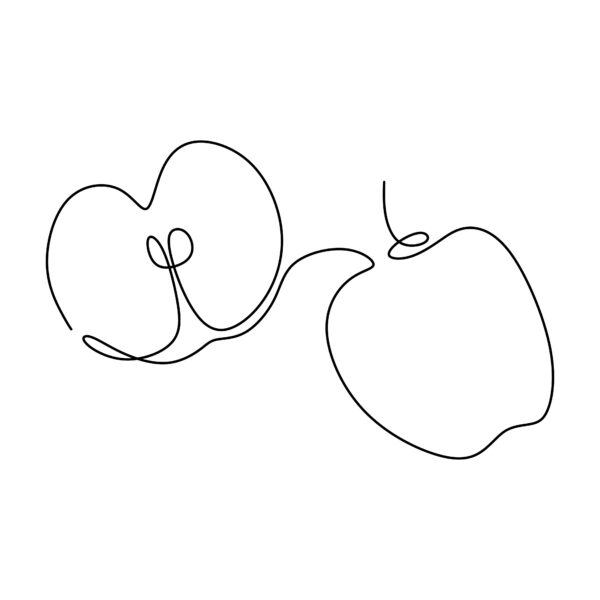
Putting pen to paper
Another great exercise to get warmed up is the pen-to-paper exercise. This means drawing without lifting your pen from the paper. It can feel like eating a donut without licking the sugar off your lips, but the idea is to test your limits and ability. It’s a great little exercise for finding a new style or to grow confidence, wherever you are in your art practice.
Learn more about line drawing styles and how to get started.

